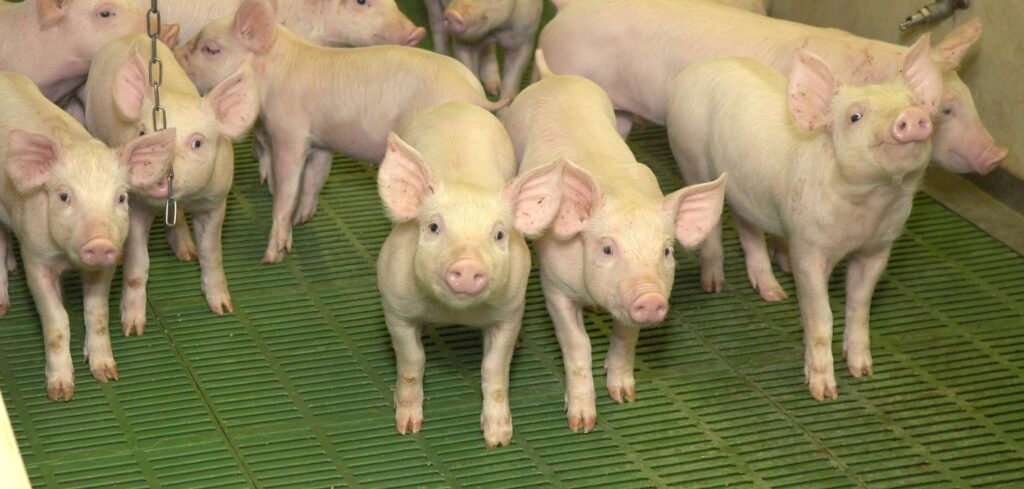Data from the European Commission shows that Germany’s overall pork production has suffered as a result of the sector’s poor profitability and ASF pressures.
Germany’s finished pig slaughter volumes fell 9% (790,000 head) year-on-year, in the first two months of 2022, to 7.9 million head. Consequently, overall production has also fallen by 11% to 755,000 tonnes, as declines in both the breeding herd and entire pig population restricts production.
German exports of fresh and frozen pork have also fallen during January and February 2022, primarily because of ASF concerns. Fresh and frozen pork exports fell to 235,000 tonnes within two months, with shipments declined to the Netherlands, Italy, Poland and Hong Kong. While Germany has been completely locked out of the Chinese market because of ASF.
However, with a shortage of available slaughter ready pigs, German pig prices soared in recent weeks. Though German meat market analysts AMI have reported that the market is now stabilising.
In an update to the ASF situation, the Freidrick-Loeffler institue shows that ASF has appeared in a handful of domestic German pig herds over the past month – mostly in areas along the Polish border.
Although, the outbreak confirmed on May 26 was reported on a small holding on the borden of France and Switzerland, in the Baden-Wüttemberg state. But there remains no evidence that the virus has transferred to the wild boar in the area.




